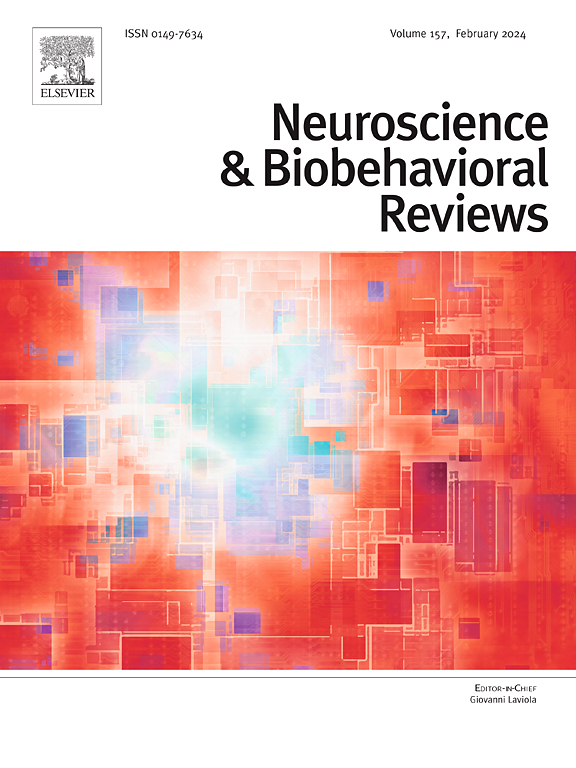在酒精研究中利用血液炎症标志物:对研究设计、样本收集和数据分析的考虑和建议
IF 7.5
1区 医学
Q1 BEHAVIORAL SCIENCES
引用次数: 0
摘要
大量证据表明,大量饮酒与免疫功能失调有关,而免疫功能障碍反过来又导致了酒精使用障碍(AUD)的病理生理学。正因为如此,酒精研究人员越来越多地开始在人体研究中纳入免疫功能的测量——主要是外周循环细胞因子,目的是测试与临床相关的行为测量的联系。到目前为止,这些研究的结果和含义一直不一致,难以解释,可能是由于研究设计和实施方面的方法学挑战。特别是,现有文献已经证明了样品处理问题,分析方法的差异,分析物的有限选择和样品选择偏差,所有这些都可能导致不一致的结果。我们简要回顾了这一领域,讨论了这些和其他挑战,并提出了在重度饮酒的人类参与者中设计炎症研究的指导。我们注意到进行这样的研究需要充分的考虑和规划,理想情况下应该包括一个跨学科的专家团队,包括免疫学家、生理学家、生物测定技术专家,以及感兴趣领域的专家(例如AUD)。我们强调了考虑参与者选择、分析物选择、样品收集、样品处理和储存以及分析方法的重要性,并建议该领域朝着程序和报告标准化的方向发展。我们建议,在研究设计和实施中进行这些改变应该会产生结果的一致性,并有助于我们全面理解酒精暴露与免疫功能之间的复杂关系。本文章由计算机程序翻译,如有差异,请以英文原文为准。
Utilizing blood inflammatory markers in alcohol studies: Considerations and recommendations for study design, sample collection, and data analysis
A large body of evidence suggests that heavy alcohol use is associated with dysregulated immune function, and that immune dysfunction in turn contributes to the pathophysiology of alcohol use disorder (AUD). As such, alcohol researchers have increasingly begun to include measurements of immune function—primarily peripheral circulating cytokines—in human studies, with the goal of testing associations with clinically-relevant behavioral measures. To date, findings and implications from these studies have been inconsistent and difficult to interpret, likely due to methodological challenges related to study design and implementation. In particular, the existing literature has demonstrated sample processing concerns, differences in assay methods, limited selection of analytes, and sample selection biases, all of which may contribute to inconsistent results. We briefly review the field, discuss these and other challenges, and propose guidance for designing studies on inflammation among heavy-drinking human participants. We note that conducting such studies requires appreciable consideration and planning, and ideally should involve an interdisciplinary team of experts, including immunologists, physiologists, and technical experts in bioassays, alongside experts in the field of interest (e.g., AUD). We highlight the importance of considering participant selection, analyte selection, sample collection, sample handling and storage, and assay methods, and suggest that the field move towards standardization of procedures and reporting. We propose that undertaking these changes in study design and implementation should produce consilience in findings and aid in our overall understanding of the complex relationship between alcohol exposure and immune function.
求助全文
通过发布文献求助,成功后即可免费获取论文全文。
去求助
来源期刊
CiteScore
14.20
自引率
3.70%
发文量
466
审稿时长
6 months
期刊介绍:
The official journal of the International Behavioral Neuroscience Society publishes original and significant review articles that explore the intersection between neuroscience and the study of psychological processes and behavior. The journal also welcomes articles that primarily focus on psychological processes and behavior, as long as they have relevance to one or more areas of neuroscience.

 求助内容:
求助内容: 应助结果提醒方式:
应助结果提醒方式:


